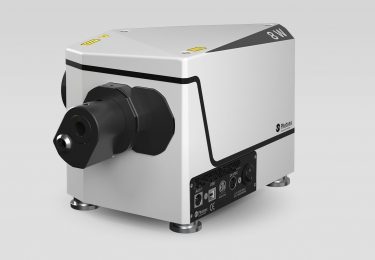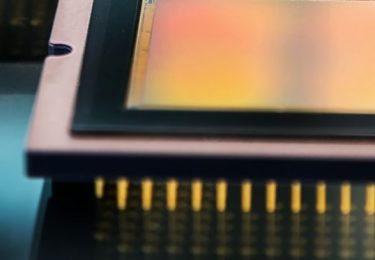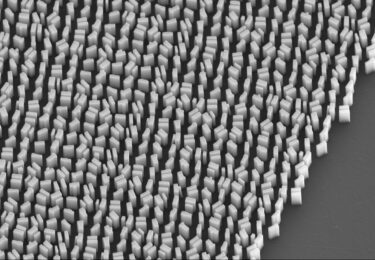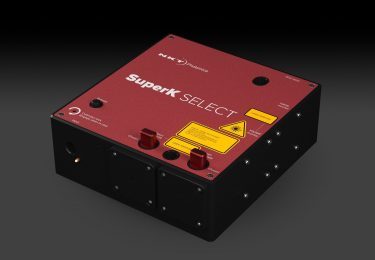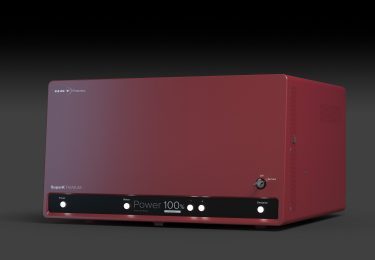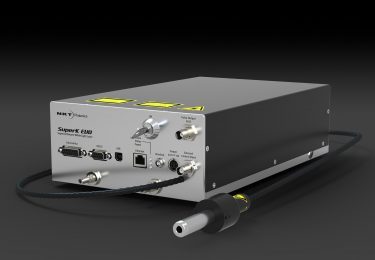LLTF Contrast – tunable high-contrast filter
The LLTF Contrast is a tunable, high-resolution bandpass filter that converts our supercontinuum sources into widely tunable picosecond lasers. You get a wideband tuning range across the visible and near-infrared.
The filter transmits a single laser line and blocks unwanted lines with excellent out-of-band suppression. The LLTF also provides a simple and intuitive user interface.
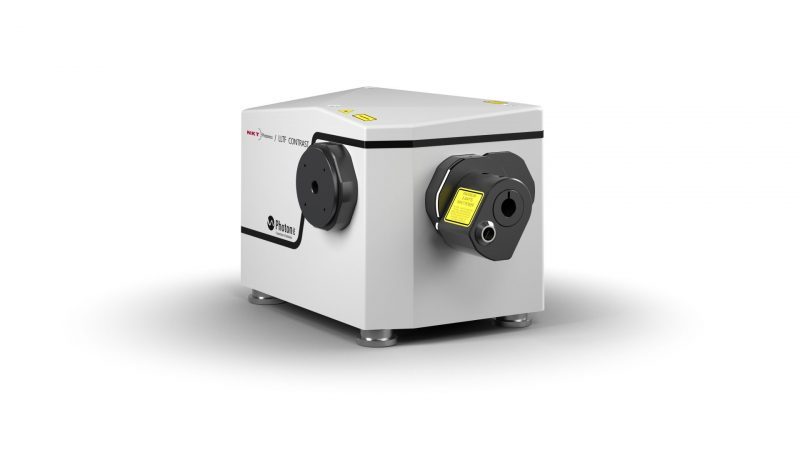
Key Features
Single-channel tunable band-pass filter
Exceptional out-of-band suppression
Wideband tuning across VIS and nIR
Narrow line-width and high resolution
Simple and intuitive user interface
Robust and maintenance-free
Your continuously tunable high-resolution bandpass filter
The LLTF Contrast is a continuously tunable high-resolution bandpass filter that effectively converts our supercontinuum sources into widely tunable picoseconds lasers.
Covers the spectrum from visible to infrared
The LLTF Contrast is a non-dispersive filter maintaining the intrinsic single-mode beam quality of the supercontinuum laser enabling a wide range of applications. With two wavelength tuning options, visible and NIR, the full spectrum of the supercontinuum can be covered.
Adapts directly to the output collimator
The LLTF Contrast is compatible with all our supercontinuum lasers and is fully plug-and-play – adapting directly to the supercontinuum output collimator.
The output of the LLTF Contrast is compatible with SuperK CONNECT Fiber Delivery (we recommend FD7 for VIS and FD8 for SWIR).
User-friendly interface
The LLTF can be operated through a user-friendly PHySpec software or a direct interface through the free software development kit.

Specifications
@ 1064 nm, 8 ns
1) Valid if divergence of the input beam is < 1.5 mrad.
2) Harmonic wavelengths <850 nm will be present in the output. We recommend an external clean-up long-pass filter if the detector is sensitive to visible wavelengths.



